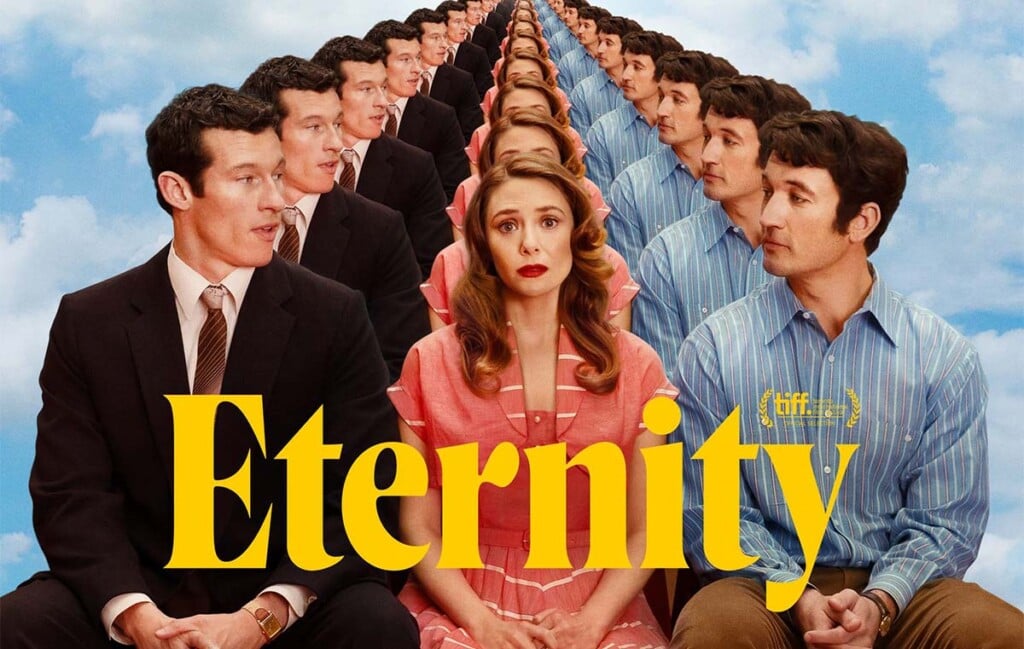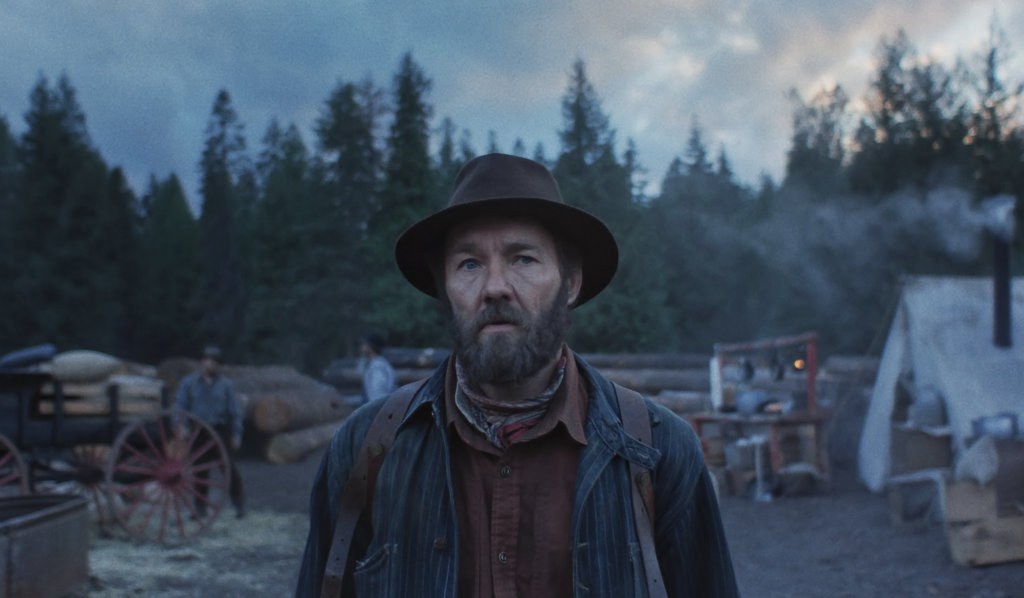Fantasia Fest: House of Sayuri is a wild ride from J-Horror great Kōji Shiraishi
The director of Noroi: The Curse brings us from horror to tragedy to comedy and back again.
For many fans of J-Horror films, the name Kōji Shiraishi holds a great deal of sway. Popular for several decades, he’s had a sizable impact in shaping the subgenre that gave us Ringu, Ju-On: The Grudge and many more classics, some of which were notably re-made by American studios. In 2005 Shiraishi’s Noroi: The Curse turned a found footage film into a showcase for production, performances and mythology. In 2016, his Sadako Vs Kayako was the Japanese equivalent of Freddy Vs Jason, pitting the antagonists of both The Grudge and Ringu franchises against one another in an epic (and very silly) confrontation.
Shiraishi’s latest film, House of Sayuri, adapted from Rensuke Oshikiri’s manga, sees the director bending over backward to subvert and break conventions at every turn. For the most part, he succeeds, creating a rollercoaster of a horror film that will leave you speechless.
The story follows the Kamiki family as they move into a new house. Dad Aiko (Zen Kajihara) has saved for years to provide a secure environment for his family, including Grandma Harue (Toshie Negishi), who suffers from dementia. Not everyone is thrilled by the change Eldest son Norio (Ryôka Minamide) tries to convince little Shun (Ray Inomata) that everything will be ok, as their sister Keiko (Kokoro Morita) focuses on setting up her bedroom.
Just as they settle in, a pall comes over the house. A neighbor mentions that people who move into the house don’t stay very long. Norio’s psychic classmate Sumida (Hana Kondô) warns him that he and his family need to leave as soon as possible. Turns out the house has a dark legacy, and there’s the angry spirit of a murdered girl haunting the place.
In short order, people sense a ghostly presence around. Lights flicker at random. Eerie whispers echo in the night. Family members start to sleepwalk. Shiraishi leans into these classic tropes, but instead of piecemeal occurrences, we get a relentless torrent of bone-crunching violence. What would usually serve as the finale of most horror films is here just the end of the first act.
These frightening, tragic events seem to shake Grandma out of her haze, suddenly giving her a strength and vigor that could save her family, while introducing a massive tonal shift that seems like a gamble on its face. She works with Norio to keep the vicious spirit at bay, which mostly consists of practicing Tai Chi, cleaning the house, thinking positively and cursing at the spirit whenever it shows her face.
Going straight from blood-soaked horror to absurd humor causes some initial whiplash, but it also helps Shiraishi nail his central thesis. In Grandma’s eyes, you can’t let tragedy, fear, or ghosts control you. You must chart the life you want instead of letting grief be your only guide. It’s a hard lesson for Norio to grasp, especially with the weight of doing right by the family resting entirely on his shoulders.
Shiraishi and his co-writer Mari Asato (Fatal Frame, Ju-On: Black Ghost) tackle every subversion with utmost seriousness, allowing the film’s unexpectedly funny middle section to delight rather than become off-putting. The expected J-Horror beats are still there (we’re still facing a murderous evil spirit, after all), but jokes and growth are at the forefront. The combination creates a unique vibe, but faces some struggles when confronted by some extra-dark subject matter in the third act.
There are so many daring choices in House of Sayuri that it should be unwatchable. It straddles a line that many audiences may not have patience with, at times creating tonal dissonance, at others feeling just plain mean-spirited (sorry). But in Shiraishi’s hands, that bleakness is a means to mess with viewers, taking them to the brink of cringe-inducing madness before getting them to laugh, before plunging them into the depths of depravity. If you’re willing to take the ride, it’s an experience you won’t soon forget.






